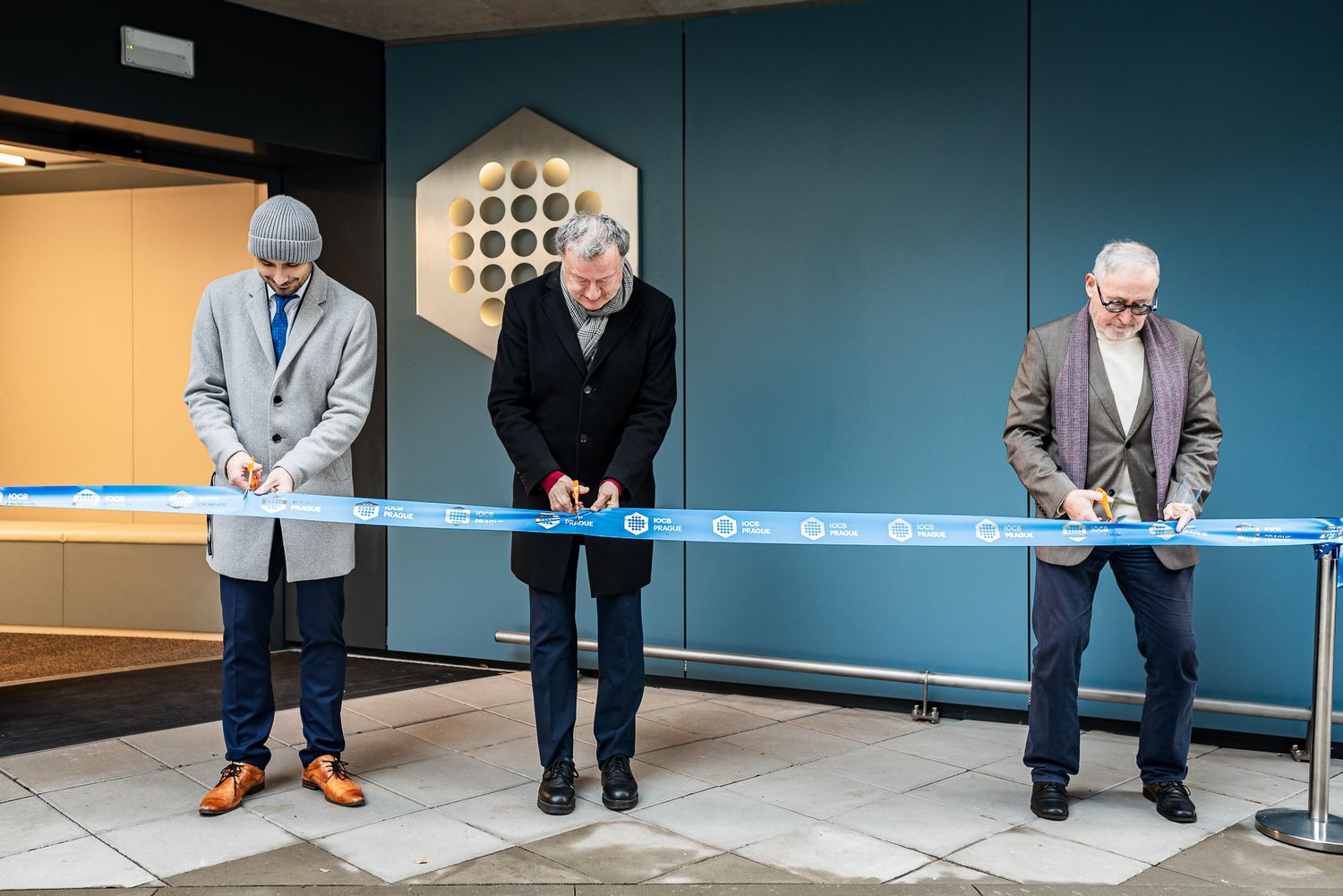
In the eukaryotic nucleus, DNA is wrapped around highly basic proteins called histones thereby forming a basic DNA storage unit – the nucleosome. Histone covalent modifications (methylation) represent an essential mechanism for the regulation of expression of specific genes in living organisms. Small changes in this highly regulated system, occurring in an abnormal position or place, often lead to disease. However, the molecular mechanisms of the recognition of various states of particular marks are not entirely understood.
Scientists led by Václav Veverka from IOCB Prague and Charles University, together with colleagues from CEITEC, the Institute of Microbiology of the CAS, and the University of Cologne studied the chromatin reader LEDGF and its association with methylated histone H3K36, which is known as a marker of active transcription.
The researchers employed cryo-EM coupled with NMR spectroscopy to dissect both structured and dynamic regions of LEDGF protein involved in reading the methylated nucleosomes.
They have structurally validated that the readout of both di- and trimethylated nucleosomes is mechanistically versatile.
Moreover, with NMR they have also discovered that disordered regions in LEDGF that interact with DNA preferentially interact with extranucleosomal DNA but are still flexible in the context of dinucleosome.

These results were published in the journal Nucleic Acids Research with Eliška Koutná as the first author.
Read the paper: Koutná, E.; Lux, V.; Kouba, T.; Škerlová, J.; Nováček, J.; Srb, P.; Hexnerová, R.; Šváchová, H.; Kukačka, Z.; Novák, P.; Fábry, M.; Poepsel, S.; Veverka, V. Multivalency of nucleosome recognition by LEDGF. Nucleic Acids Res. 2023. https://doi.org/10.1093/nar/gkad674






